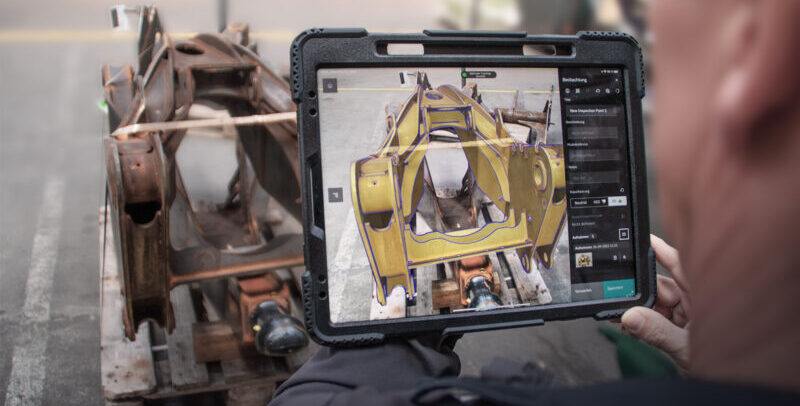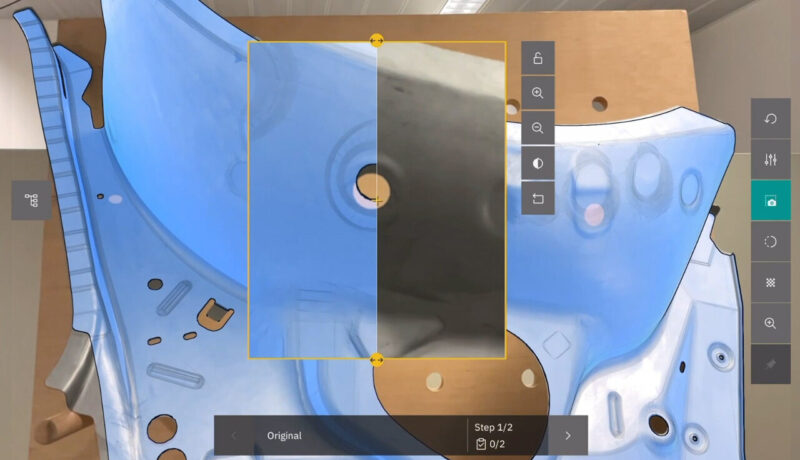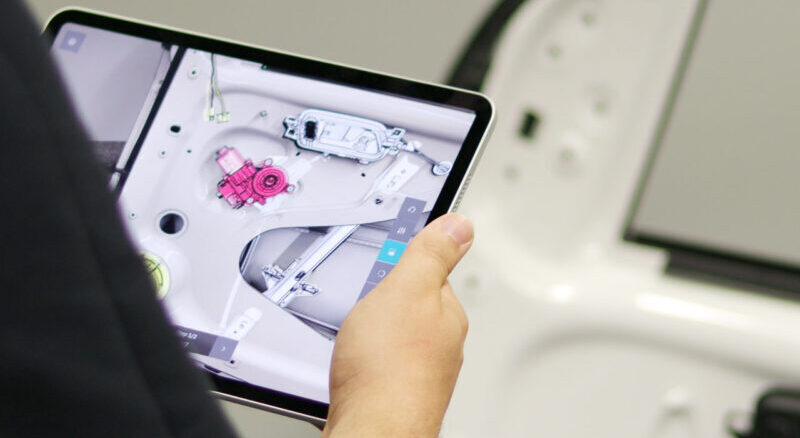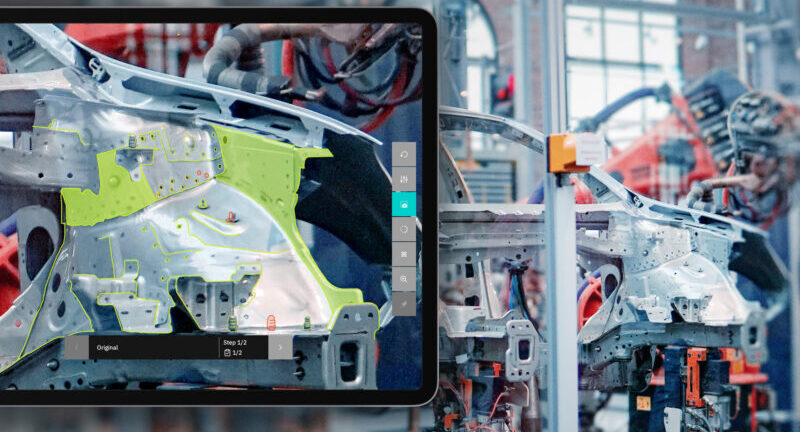Nearly any industrial enterprise has to deal with multiple layers of checks to ensure certain quality standards are met, both in terms of in-house products, but this likewise applies to items received from suppliers.
Quality checks are critical and integral to product delivery, having an enormous impact on subsequent processes, safety and customer satisfaction. Processes, such as, incoming material inspections, in-process quality control or final product inspections are just some of the checks that are performed, often on a daily basis.





